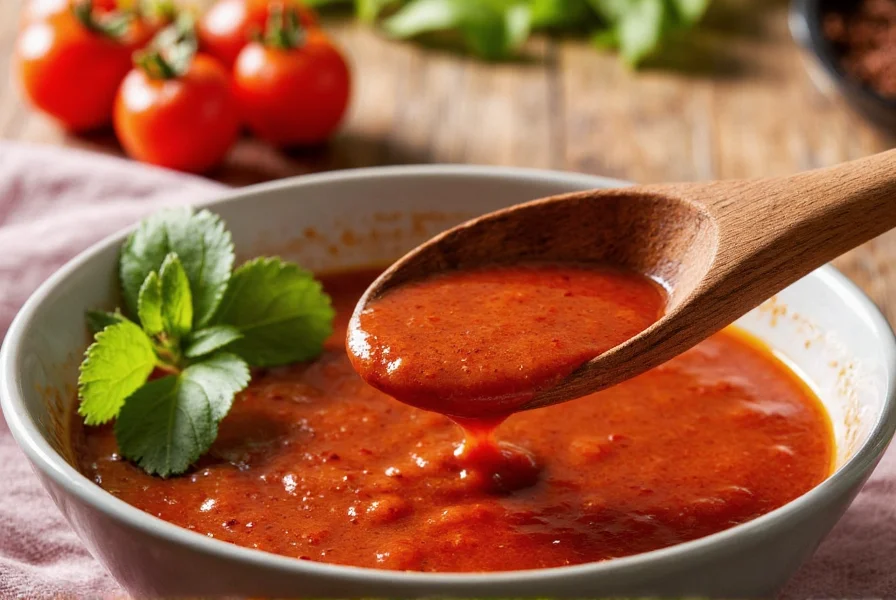
| Ingredient | Purpose | Common Options |
|---|---|---|
| Peppers | Heat & Flavor | Habanero, Ghost Pepper, Scotch Bonnet |
| Vinegar | Preservation & Tang | White, Apple Cider, Malt |
| Aromatics | Depth | Garlic, Onion, Ginger |
| Texture | Tools | Ideal For |
|---|---|---|
| Smooth | Blender | Tacos, Marinades |
| Chunky | Food Processor | BBQ, Sandwiches |
Table of Contents
- What Is Hot Sauce?
- Why Spice Lovers Love It
- Secret #1: Know Your Base Ingredients
- Secret #2: Balance Heat and Flavor
- Secret #3: Age for Perfection
- Secret #4: Play with Texture
- Secret #5: Pair It Right
- Secret #6: Store Smart, Savor Longer
- Secret #7: Customize Your Batch
- Buying Guide: Top Hot Sauces Reviewed
- Frequently Asked Questions
- Conclusion
What Is Hot Sauce?
If you haven't heard of hot sauce yet, you're about to fall in love. Originating from the deep South, hot sauce is more than just a condiment — it's a flavor bomb that combines heat, tang, and umami in one fiery bottle.
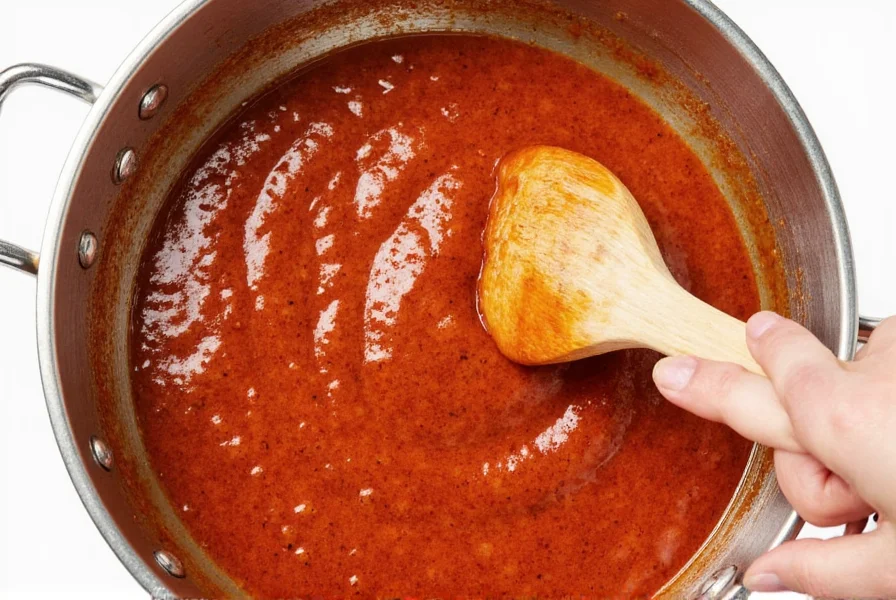
Hot sauce typically blends hot peppers (like habanero or ghost pepper), vinegar, garlic, salt, and sometimes even fruit or smoke elements to create its signature kick. It's not just spicy; it's complex, layered, and incredibly versatile.
Why Spice Lovers Love It
For chiliheads and foodies alike, hot sauce hits all the right notes:
- It starts slow but builds into a full-body burn.
- The flavor isn't just heat — it's smoky, sweet, and savory.
- It's adaptable: drizzle on tacos, mix into mayo, or slather on grilled meats.
Secret #1: Know Your Base Ingredients
Every great hot sauce begins with the holy trinity: peppers, acid, and aromatics.
Secret #2: Balance Heat and Flavor
Too many sauces go wrong by being too spicy and forgetting the flavor. Use fruits like mango or pineapple to balance the heat with natural sweetness.

- Mild: Jalapeño + Apple Cider Vinegar
- Medium: Habanero + Pineapple Juice
- Hot: Ghost Pepper + Lime Juice
Secret #3: Age for Perfection
Patience pays off. Letting your sauce age for at least two weeks enhances flavor complexity.
Store in a cool, dark place. Shake daily for best results.
Secret #4: Play with Texture
Smooth or chunky? That is the question.
Secret #5: Pair It Right
Hot sauce shines when matched with complementary flavors.
- Fish Tacos: Light, citrusy fish + cabbage slaw
- Grilled Chicken: Smoked paprika rub + lime zest
- Pizza: Spicy sausage + mozzarella + red onions
Secret #6: Store Smart, Savor Longer
Keep it sealed tight in a glass bottle. Refrigeration extends shelf life up to six months.
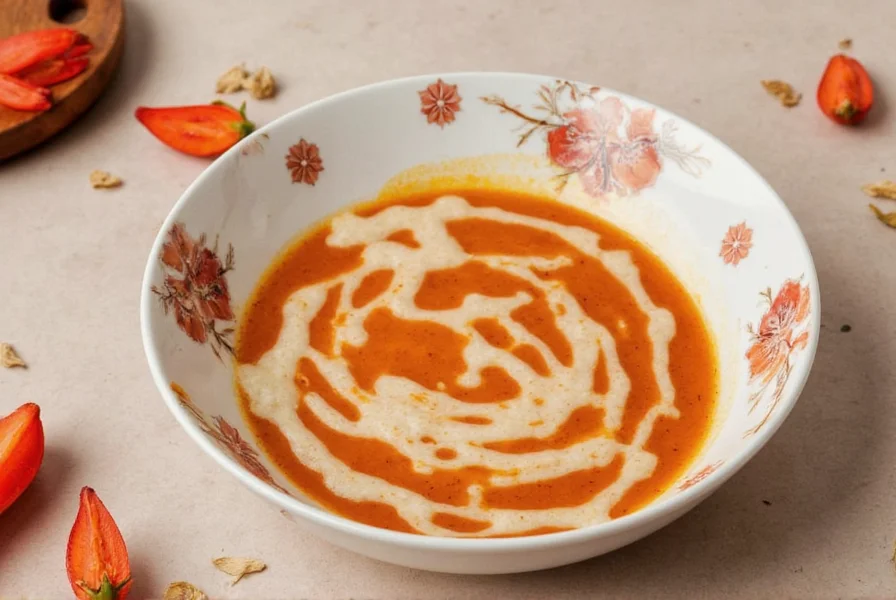
Secret #7: Customize Your Batch
Add a twist with unique ingredients:
- Coffee: Adds earthiness and depth
- Smoked Salt: Smoky finish
- Lime Zest: Brightens up the heat
Buying Guide: Top Hot Sauces Reviewed
Not feeling DIY? Here are our top hot sauce picks for every taste profile.
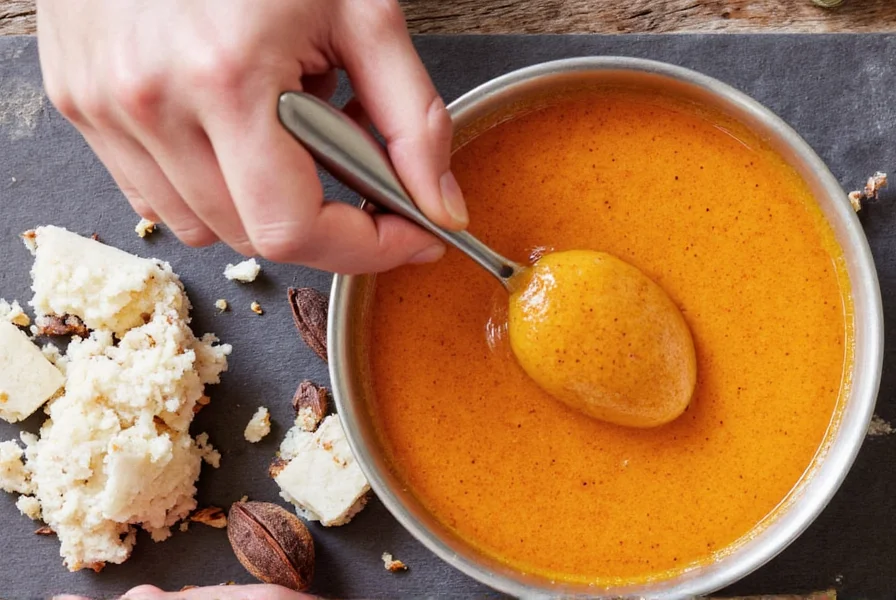
Best Overall: Tabasco Original Red Pepper Sauce
- Flavor Profile: Balanced heat, tangy, slightly fruity
- Best For: Versatile use across meals
- Scoville Rating: ~2,500 SHU
Most Unique: Melinda's Ghost Pepper Sauce
- Flavor Profile: Intense fire with hints of cherry and oak
- Best For: BBQ lovers and spice daredevils
- Scoville Rating: ~1,000,000 SHU
Best Value: Frank's RedHot Original
- Flavor Profile: Mild with garlic undertones
- Best For: Everyday cooking and family meals
- Scoville Rating: ~450 SHU
Best Vegan Option: Dave's Insanity Sauce
- Flavor Profile: Clean, crisp heat with apple notes
- Best For: Vegans and health-conscious eaters
- Scoville Rating: ~200,000 SHU
Best Hot-Smoke Fusion: Yellowbird Habanero Hot Sauce
- Flavor Profile: Bold smokiness meets lingering heat
- Best For: Ribs, brisket, smoked tofu
- Scoville Rating: ~15,000 SHU
Frequently Asked Questions About Hot Sauce
What exactly is Hot Sauce and how is it different from regular hot sauce?
Hot Sauce is a broad category of condiments made primarily from chili peppers, vinegar, and other ingredients to create varying levels of heat and flavor. Unlike generic "regular" hot sauce (which often refers to simple pepper-vinegar blends), true hot sauce varieties like Tabasco or Sriracha are crafted with specific regional traditions, unique pepper blends, and additional flavor elements like fruit, smoke, or spices. This creates a complex, layered profile beyond just heat.
How hot is Hot Sauce on the Scoville scale?
Hot Sauce ranges widely on the Scoville scale, from mild (e.g., 100 SHU for some pepper sauces) to extremely hot (over 2 million SHU for specialty sauces like Pepper X). Most popular commercial hot sauces fall between 500–50,000 SHU. For example, Tabasco Original is ~2,500 SHU (mild), while Ghost Pepper sauces can exceed 1 million SHU. The key is matching heat levels to your preference and dish—milder sauces complement delicate foods, while hotter versions stand up to robust flavors like smoked meats.
Can I make Hot Sauce less spicy if I've made it too hot?
Absolutely! To reduce heat: 1) Dilute with vinegar or water to maintain tang without overpowering spice, 2) Blend in sweet elements like mango puree or honey to counterbalance heat, 3) Add dairy (yogurt or cream) for immediate relief, or 4) Incorporate acidic ingredients like lime juice to brighten and soften the burn. Remember that heat mellows over time as the sauce ages, so patience can also help.
How long does homemade Hot Sauce last?
Properly stored homemade Hot Sauce lasts 6–12 months in the refrigerator. Vinegar acts as a natural preservative, but shelf life depends on ingredients: fresh fruit or dairy additions may shorten it to 2–3 months. For maximum longevity: 1) Use sterilized glass bottles, 2) Keep refrigerated at all times, 3) Seal tightly after each use, and 4) Avoid cross-contamination with dirty utensils. Flavor typically peaks at 4–6 weeks before gradually declining.
What foods pair best with Hot Sauce?
Hot Sauce is incredibly versatile. It enhances: 1) Grilled meats (chicken, pork, beef) with smoky rubs, 2) Seafood like fish tacos or shrimp ceviche with citrus, 3) Eggs (scrambled or in breakfast sandwiches), 4) Pizza with spicy toppings like pepperoni, 5) Roasted vegetables for added depth, and 6) Salad dressings or mayo mixtures for creamy heat. Match the sauce's heat level to the dish—milder sauces work with delicate foods like fish, while hotter versions complement rich, fatty meats.
Is Hot Sauce gluten-free and vegan?
Traditional Hot Sauce recipes are naturally gluten-free and vegan, as they typically contain only peppers, vinegar, salt, and plant-based ingredients. However, some commercial brands add non-vegan elements like honey or fish-based Worcestershire sauce. Always check labels for dietary needs. For homemade versions, ensure all ingredients are plant-based—use maple syrup instead of honey, and avoid animal products. Gluten-free status is generally safe unless wheat-based vinegar is used (rare), but verify if you have celiac disease.
Conclusion
Whether you're crafting your own batch or choosing a ready-made bottle, hot sauce is a flavor journey worth taking. With these secrets and expert tips, you're now equipped to explore, enhance, and enjoy this beloved global staple.
So grab a bottle, fire up the grill, and let the hot sauce magic begin!

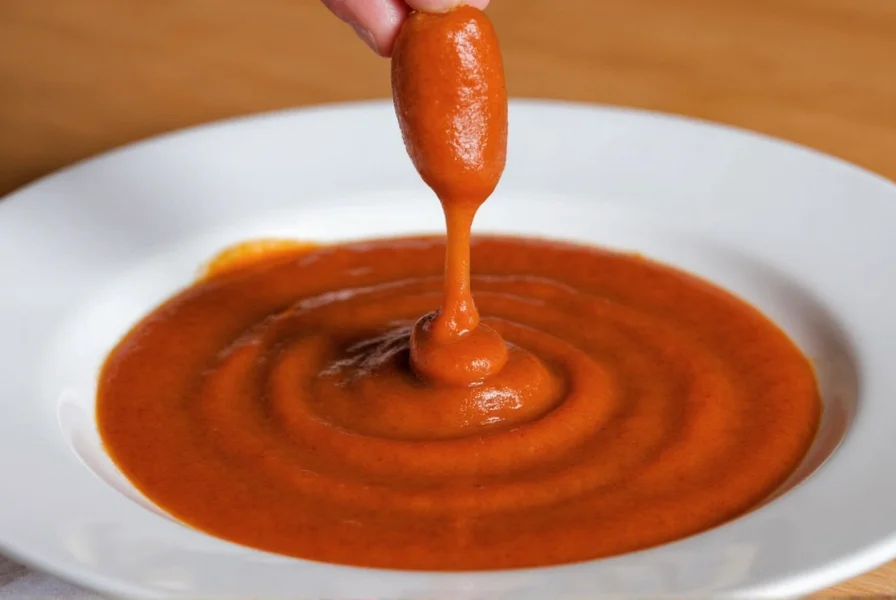









 浙公网安备
33010002000092号
浙公网安备
33010002000092号 浙B2-20120091-4
浙B2-20120091-4